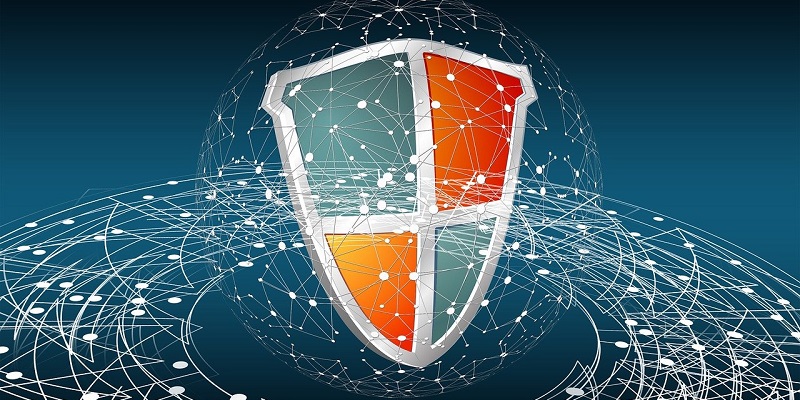In the digital age, where cyber threats are constantly evolving and becoming more sophisticated, organizations must prioritize the management of their network security assets. Network security management plays a vital role in safeguarding sensitive data, maintaining the integrity of systems, and addressing potential threats and risks. By bringing together various security solutions under a single platform, network security management improves visibility, simplifies management, and enhances the efficiency of an organization’s security team.
Benefits of Network Security Management
Network security management centralizes the management of an organization’s security assets, including firewalls, endpoints, and network management. This consolidation brings efficiency and effectiveness to the security infrastructure, eliminating redundancies and potential vulnerabilities. One of the key advantages of network security management is the provision of a single pane of glass – a comprehensive dashboard that offers real-time visibility into an organization’s security architecture. This centralized view allows security personnel to monitor various systems, detect anomalies, and respond promptly to potential threats.
Greater Efficiency
By centralizing the management of network security functions, organizations can reduce the need for context switching. This enables security teams to focus and respond effectively to threats without being overwhelmed by the complexity of managing multiple tools and platforms. Network security management streamlines and automates processes, reducing reliance on manual configurations. This leads to enhanced efficiency and accuracy, as automation minimizes the potential for human errors and ensures a more consistent deployment of security measures.
Reduced Errors
When network security functions are managed separately using multiple tools, the probability of configuration errors increases. Network security management eliminates this risk by providing a centralized system, minimizing the chances of misconfigurations and improving the overall security posture of the organization.
Faster Threat Detection
Network security management significantly reduces blind spots in an organization’s security infrastructure. By consolidating security assets and providing a unified view, it eliminates potential gaps in threat detection and response. The streamlined approach reduces context switching, allowing security teams to focus solely on threat detection and mitigation.
Automation and Streamlined Processes Enhance Threat Detection
Network security management leverages automation and streamlined processes to enhance threat detection capabilities. By reducing manual intervention and enabling real-time monitoring and analysis, organizations can detect and respond to threats more efficiently, minimizing potential damages and losses.
Compliance and Risk Reduction
With stricter regulations and compliance requirements, organizations need robust network security management to help them achieve and demonstrate compliance. By centralizing security controls and providing audit logs and reports, network security management assists in meeting regulatory obligations effectively. By improving network visibility, enhancing incident response efforts, and reducing errors, network security management lowers an organization’s cybersecurity risk exposure. This proactive approach strengthens the organization’s defense against potential threats and minimizes the impact of security breaches.
Components of Network Security Management
Network security management encompasses the centralized management of firewall configurations, endpoint protection, and overall network management. This integration ensures consistent security across the organization’s network infrastructure.
Cybersecurity Training
As part of network security management, organizations should prioritize cybersecurity training for employees. Educating staff about best practices and potential threats enhances their ability to identify and mitigate risks effectively.
Data Backup
Network security management includes robust data backup mechanisms to ensure business continuity and rapid recovery in case of any security incidents or data breaches. Regular backups and efficient retrieval processes play a crucial role in maintaining data integrity.
Email Security
Managing email security is an essential aspect of network security management. Implementing robust email security measures, including spam filtering, antivirus protection, and encryption, helps prevent phishing attacks and safeguard sensitive information.
Network security management is a crucial discipline for organizations seeking to fortify their defenses against cyber threats. By centralizing security assets, streamlining processes, and enhancing visibility, organizations can improve their incident response capabilities, reduce errors, and achieve compliance with necessary regulations. Embracing network security management is a proactive approach that strengthens an organization’s overall security posture and minimizes the potential impact of cyber-attacks.

